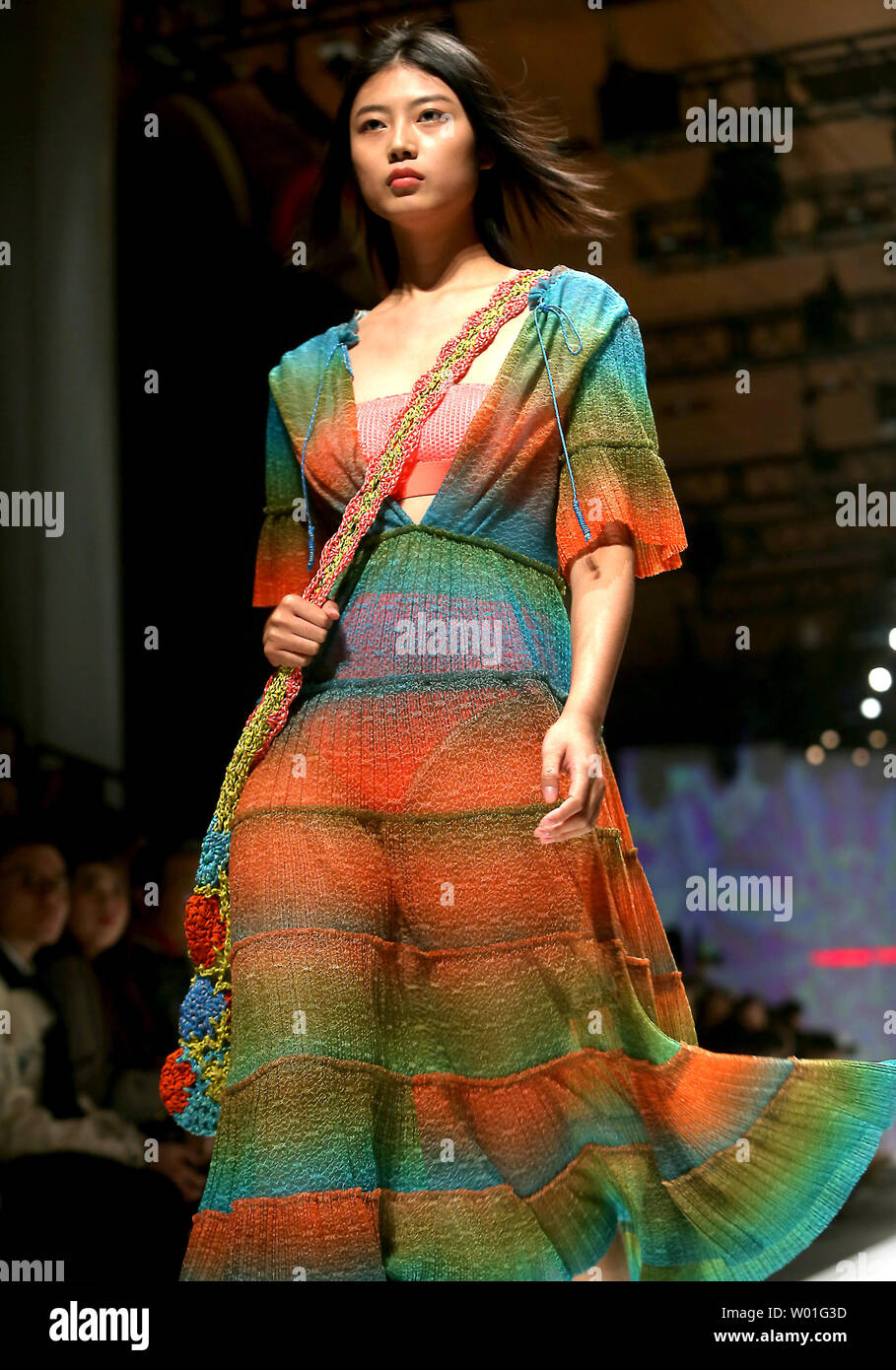Unlock the Tricks of Ageless Eastern Put On
Discovering the enigmatic realm of ageless Eastern wear explores a realm where culture, creativity, and history assemble to develop garments that go beyond mere textile and thread. The elaborate tapestry of tradition intertwined with contemporary components uses a glimpse into a world where every stitch tells a tale, every concept a sign of relevance. Introducing the secrets behind these creations reveals a tapestry of heritage waiting to be unwinded, inviting one to journey with the spiritual elegance and aura of Eastern style.
History of Eastern Style
The background of Eastern style days back centuries, showing the abundant cultural heritage and traditions of varied areas throughout Asia. Each region flaunts its distinct styles, textiles, and styles that have actually been affected by variables like climate, religion, social condition, and profession routes. eastern wear pakistan. The intricate silk garments of China represent beauty and class, while the dynamic saris of India display a kaleidoscope of patterns and shades.
In Japan, the bathrobe has been an icon of practice and refinement for generations, with various designs worn for different occasions. The background of Eastern fashion is a tapestry of development and tradition, mixing old practices with modern-day influences to create an ever-evolving and dynamic market.
Relevance of Typical Outfit
Conventional outfit offers as a cultural symbol, embodying the worths, ideas, and heritage of communities in Eastern cultures. eastern wear pakistan. These garments are not simply items of fabric yet are symbolic depictions of the rich history and traditions passed down with generations. In Eastern cultures, conventional outfit plays a significant duty in events, events, and day-to-day live, mirroring the social status, regional associations, and also marital condition of individuals
The significance of standard clothes goes past aesthetic appeals; it is a means for people to attach with their origins and share satisfaction in their cultural identity. Each garment, from the elaborate sarees of India to the moving hanboks of Korea, brings with it a narrative of craftsmanship, importance, and symbolism that is deeply deep-rooted in the material of society.
Furthermore, traditional clothing works as an aesthetic language, interacting tales of unity, resilience, and triumph. By wearing these garments, individuals not only recognize their heritage but likewise contribute to the preservation and celebration of their social legacy.
Development of Eastern Embroideries
Just how have Eastern needleworks progressed with time to mirror altering social impacts and imaginative patterns? Eastern embroideries have a rich background that covers centuries and have constantly progressed to incorporate varied cultural impacts and respond to moving creative trends. The advancement of Eastern embroideries can be mapped back to old people where elaborate designs were hand-stitched onto textiles utilizing conventional techniques. Over the years, these needleworks have actually adapted to reflect the altering tastes and preferences of different regions and eras.

Today, Eastern embroideries remain to progress, mixing typical craftsmanship with modern-day style perceptiveness to produce timeless items that commemorate the beauty of multiculturalism and creative technology.
Elegant Fabrics in Eastern Use
Luxurious fabrics play a crucial duty in elevating the aesthetic charm and high quality of Eastern wear, improving the general attraction and sophistication of standard garments. Eastern wear is renowned for its opulent textiles that not only show the region's rich social heritage but also indicate sophistication and elegance.
Along with silk, materials like chiffon, velour, and brocade are likewise typically included in Eastern wear. Velour brings a stately and luxurious feel to traditional sets, while brocade, with its metallic strings and intricate patterns, adds a touch of grandeur. Chiffon, on the various other hand, is favored for its airy and light-weight qualities, making it a prominent selection for moving silhouettes and fragile decorations. These glamorous textiles not only boost the visual allure of Eastern wear but likewise guarantee a feeling of improvement and class that goes beyond time.
Incorporating Eastern Style Today
In contemporary fashion landscapes, the combination of Eastern affects offers an unified fusion of cultural heritage and modern appearances. Developers and fashion fanatics alike are accepting the abundant tapestry of Eastern style, integrating standard components right into modern-day silhouettes and styles. From elaborate needlework to vivid colors and luxurious textiles, Eastern fashion today uses a diverse array of options that satisfy an international target market.
One means Eastern fashion is making its you can check here mark in contemporary closets is via the adaptation of standard garments such as the robe, saree, or qipao right into everyday wear. These items, when scheduled for unique events, are currently reimagined in even more informal types, permitting their consolidation right into day-to-day fashion choices. In addition, the usage of typical patterns and motifs in Western-style garments adds a touch of unique style to contemporary attire.

Conclusion
Finally, discovering the rich background, significance, and development of Eastern style introduces an ingrained link to heritage and values. The elegant textiles and complex needleworks of Eastern wear display the versatility and eternity of typical styles. Including Eastern affects in contemporary fashion enables a combination of practice and advancement, creating an unified equilibrium between the past and today.
Elegant fabrics play a pivotal function in raising the aesthetic charm and quality of Eastern wear, enhancing the general allure and sophistication of traditional garments. Designers and fashion lovers alike are accepting the rich tapestry of Eastern fashion, integrating standard elements into modern-day silhouettes and styles. From intricate needlework to dynamic shades and glamorous fabrics, Eastern fashion today offers a diverse variety of choices that cater to a global target market.
One means Eastern style is making its mark in contemporary closets is via the adjustment the original source of standard garments such as the bathrobe, saree, or qipao into everyday wear. The extravagant textiles and intricate embroideries of Eastern use showcase the flexibility and eternity of typical styles.